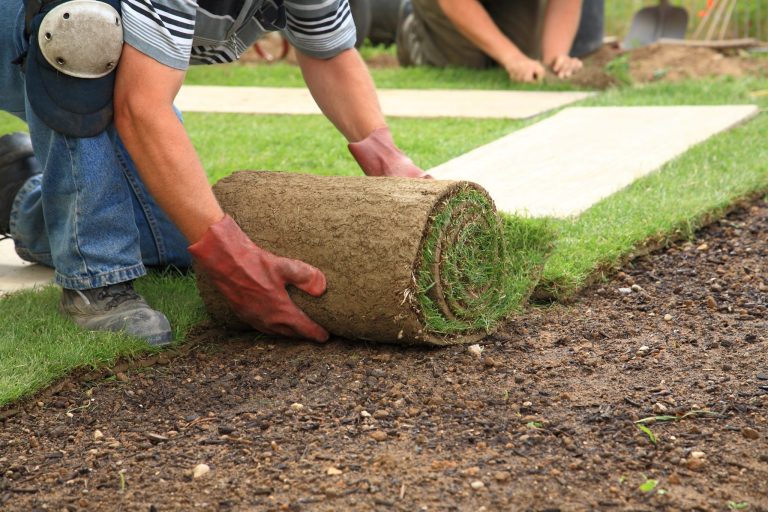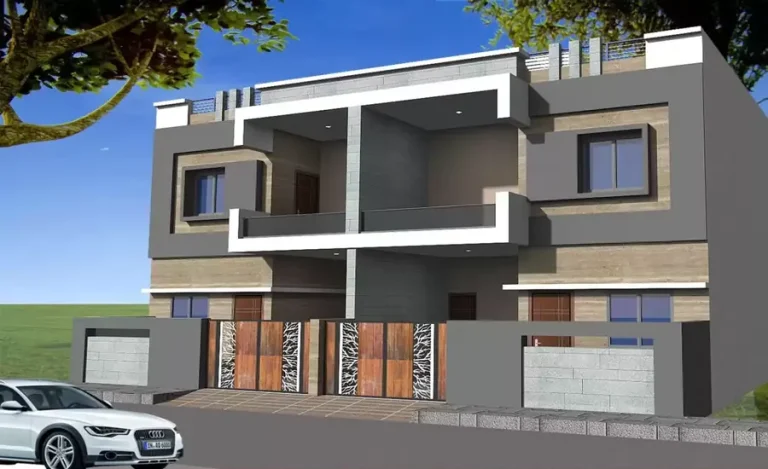Ensuring Your Home Stands the Test of Time
A home is not just a personal sanctuary; it’s also a significant investment. To protect that investment and ensure that it continues to serve you and future generations, it’s essential to focus on building quality, regular maintenance, and strategic care over time. Whether you’re managing a newly constructed property or an older home, taking steps to ensure its longevity is a key consideration for homeowners and professionals in the real estate, construction, and property management sectors alike.
Quality Construction and Materials
The foundation of any home’s durability starts with the quality of the construction and materials used. From the structural components like the foundation and framing to the finishing materials such as roofing and flooring, using high-quality materials can have a lasting impact on the home’s lifespan. For new builds, ensure that the design and materials align with the local climate and environmental conditions. For example, using materials resistant to moisture in areas prone to high humidity or selecting durable roofing options in regions with harsh weather can help a home withstand wear and tear over time.
In addition, working with skilled and experienced professionals during the construction process is paramount. A poorly constructed home can face problems ranging from foundation shifts to water damage, all of which can significantly reduce its lifespan. By partnering with reputable contractors, architects, and engineers who adhere to best practices and local building codes, you can ensure that the home is built to last.
Regular Maintenance and Inspections
Regular maintenance is one of the most effective ways to extend the life of a home. Homes are subjected to wear and tear from everyday use, weather exposure, and even time itself. To ensure your home stands for a long time, proactive maintenance is essential. This includes routine checks and repairs of critical systems, such as plumbing, electrical, heating and cooling systems, and roofing.
For example, cleaning gutters and downspouts regularly can prevent water from collecting around the foundation and causing structural issues. Checking for leaks in the roof and promptly repairing any damage can prevent costly repairs down the road. It’s also important to inspect and maintain appliances to avoid breakdowns that could result in costly replacements or damages.
While homeowners can perform many of these tasks themselves, it is also beneficial to have professional inspections periodically. Home inspections can identify issues that may not be immediately visible but could lead to larger problems if left unchecked. A licensed inspector can evaluate the overall condition of the property, including hidden aspects like the foundation, roof, plumbing, and electrical systems. Additionally, a virtual inspection, which has become more popular, offers a convenient way to assess the condition of a property remotely. While virtual inspections do not replace the need for an in-person examination, they can provide valuable insights into the condition of a property before committing to major repairs or renovations.
Protecting the Exterior and Structure
The exterior of your home is constantly exposed to environmental elements such as rain, wind, UV rays, and temperature fluctuations. Over time, this exposure can lead to damage that may affect the integrity of the building. Properly maintaining the exterior is crucial in ensuring the home stands for a long time.
For instance, exterior painting and sealing should be done regularly to protect against moisture, mildew, and other weather-related damages. Wood siding, in particular, may need periodic resealing or painting to prevent rot and decay. On the other hand, brick and stone exteriors require less maintenance but should still be inspected for signs of damage such as cracks or shifting.
Another area to focus on is the foundation, which is the backbone of your home. Foundation issues, if left unchecked, can lead to costly repairs and may compromise the structural integrity of the home. It’s important to ensure proper drainage around the foundation to prevent water from accumulating and causing cracking or shifting. Landscaping elements, such as trees, should also be carefully managed to avoid root damage to the foundation.
Conclusion
Ensuring your home stands the test of time involves a combination of quality construction, regular maintenance, and smart upgrades. From selecting durable materials during the building process to performing ongoing inspections and repairs, every step contributes to extending the home’s lifespan. By adopting a proactive approach to maintenance and taking care of the home’s systems and structure, homeowners can enjoy a safe and durable living environment for many years. Whether you’re managing a property for clients or overseeing your own home, staying ahead of potential issues and addressing them promptly is the key to long-term success.






